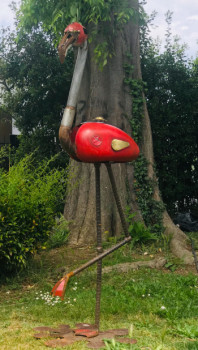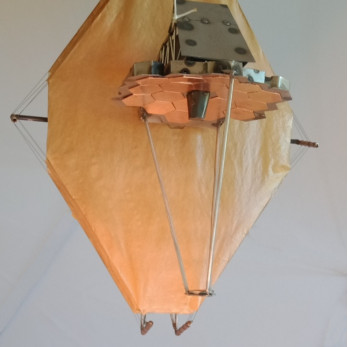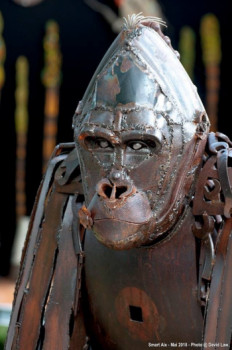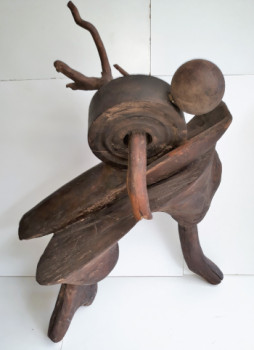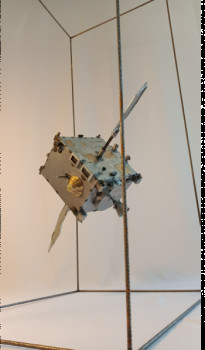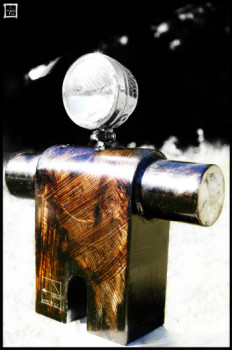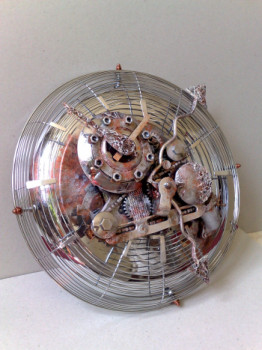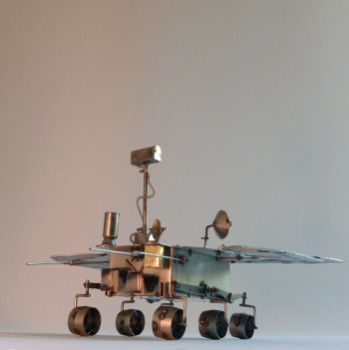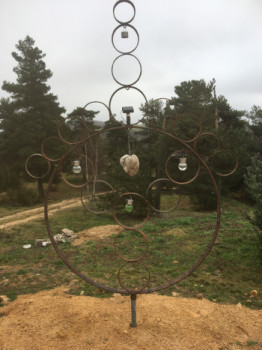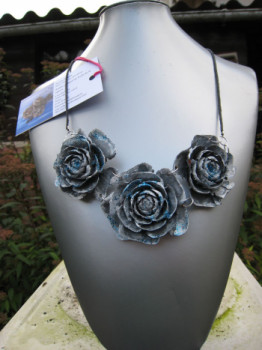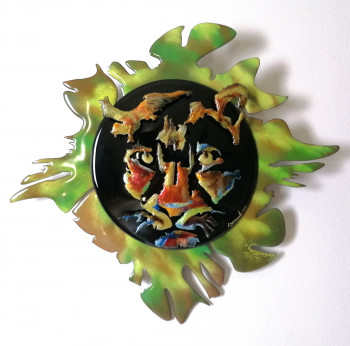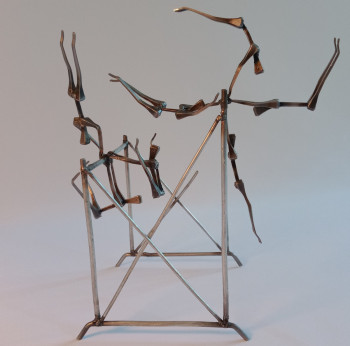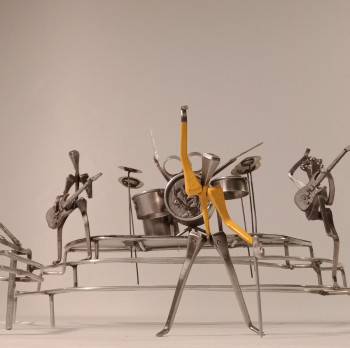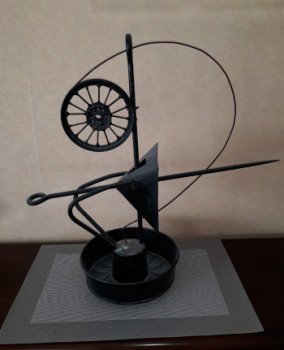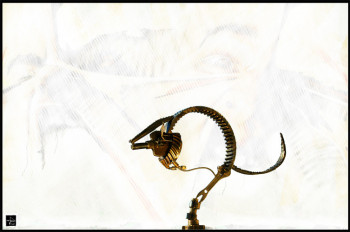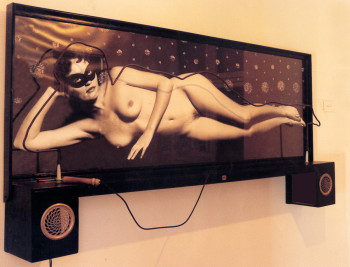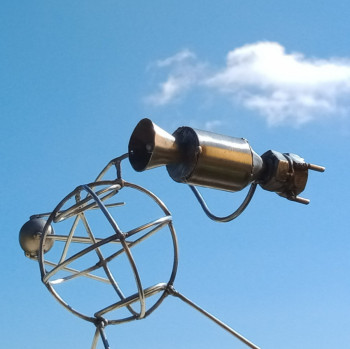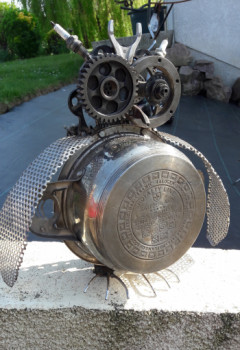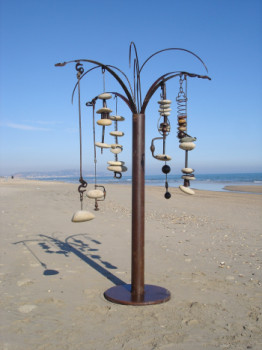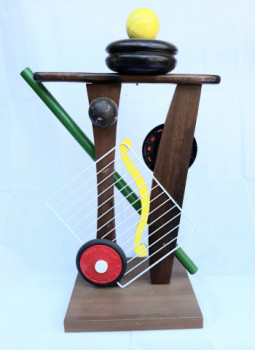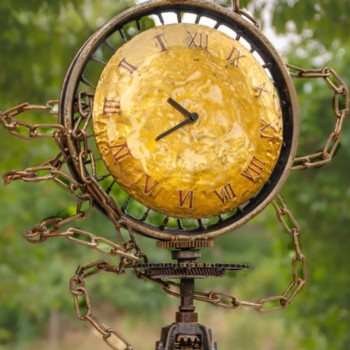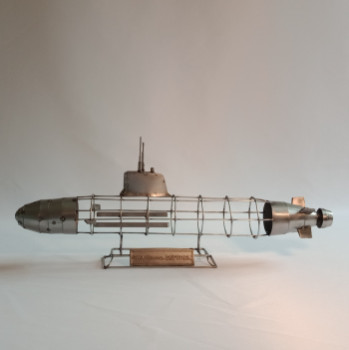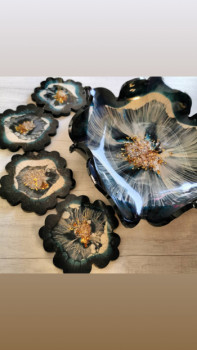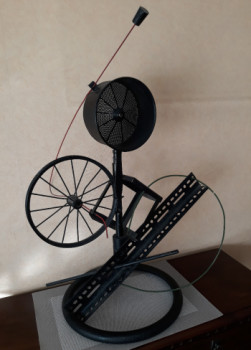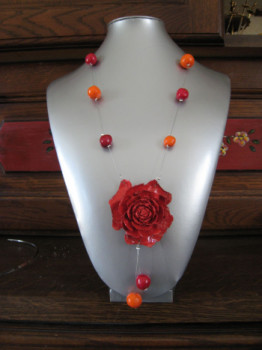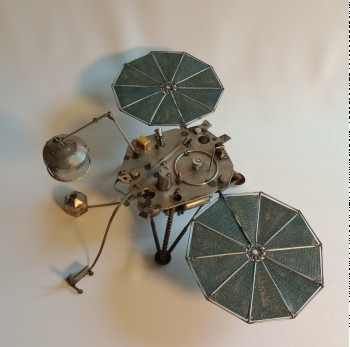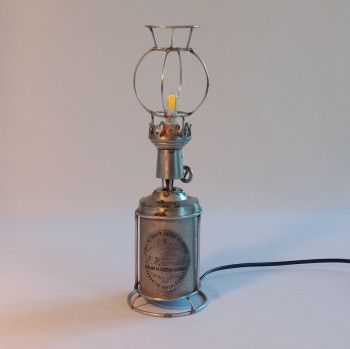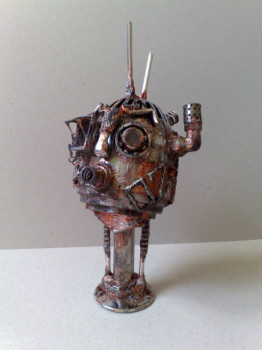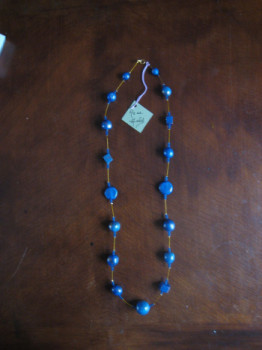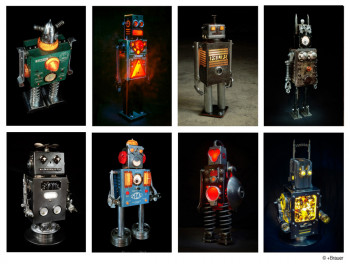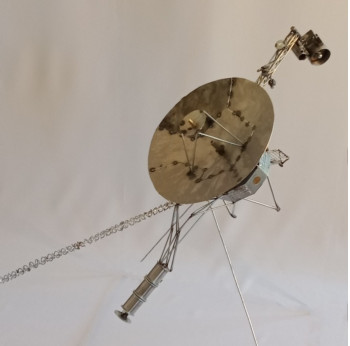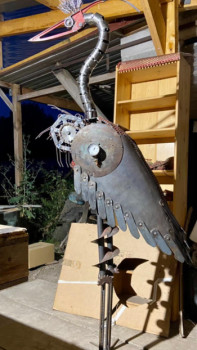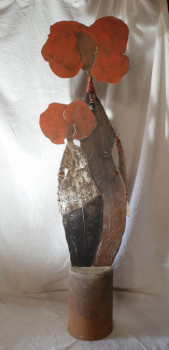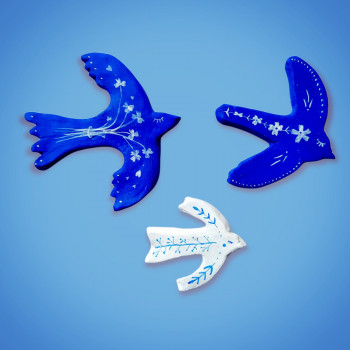
Jean Tinguely: the genius of assemblages
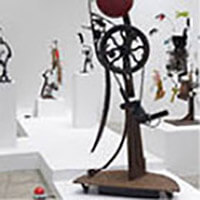
When Jean Tinguely began to make assemblages at the same time. Working from found materials, he quickly became fascinated by the ongoing discussion about how mechanization and industrial innovation had affected modern society. He then dramatically modified these static works by setting them in motion. Tinguely spent the rest of his career studying the fascination that these creations in movement had on the public.
A childhood and classical education
On May 22, 1925, Tinguely was born in Paris. Fribourg, Switzerland, but his family soon moved to Fribourg, Switzerland. Basel. The only child of two working-class parents, Tinguely spends a lot of time alone, at home. explore its picturesque surroundings. He started creating shop window decorations as an apprentice in 1940, at at the age of fifteen. He began his studies at the Kunstgewerbeschule the following year and continued until 1945.
They are Kurt Schwitters and Marcel Duchamp who first had an impact on Tinguely. He is particularly attracted to through their use of found objects, which are an important characteristic of the Dada movement. The propensity for social disobedience which has long permeated society. the community artistic and society in general attracted him. Tinguely established his own style by merging found objects of the type seen in Dada works with the new emphasis of the installation which has been later developed at the Bauhaus school of design by artists like Paul Klee.
His Parisian adventure
After his marriage in 1951 to the Swiss painter and sculptor Eva Aeppli and her desire to continue her professional life, Tinguely settles at agrave; Paris. With his first personal exhibition, which took place in 1954 at the Galerie Arnaux, he enjoyed enormous success. He also participates in a number of exhibitions focused on avant-garde ensembles from this era. His first performance was with International Happenings in 1951. Shortly after, he began to perform. exhibit with a group called ZERO which has been created in Germany by Otto Piene and embraced the aesthetic principle of minimalism. The artists of ZERO were looking for a framework for their work based on on contemporary culture in order to move away from the tragedies of the Second World War. At that time, a group called New Realism, founded in by Pierre Restan y and Yves Klein, includes works by other artistes contemporaries such as Christo, Raymond Haines, Martial Raysse and Niki de Saint Phalle, and Tinguely also participates intheir exhibitions.
Towards performance art
Tinguely's work eventually evolved into a kind of performance art when it included components that work and destroy themselves. A machine that generates abstract paintings in large quantities. made his debut at the Paris Biennale of 1959, which is an illustration of this. These devices were referred to as "metamatic" due to their autonomous nature. The conflict between creativity and creativity and the human expression that exists in society. industrialized was the goal of Tinguely. These pieces are considered satirical by critics and contemporary abstract expressionists.
Tinguely began incorporate the notion of high risk and unpredictability in his works because of his passion for car racing. The best-known manifestation of this passion is Homage to New York, whose world premiere took place on March 18, 1960 at the Museum of Modern Art. She paved the way for later self-destructive works like La Vittoria and Study for an End of the World (1962). (1970). These sculptures had a sense of comedy and sarcasm, while being composed of what appeared to be unrelated found pieces, similarly Strangely arranged mechanics and cacophonous sound effects. Each sculpture was considered by the artist as a living, breathing being, capable of speaking and moving by itself. While masking his dark comments on mass production and the increasing industrialization of society through frank humor and amusing aspects, Tinguely was delighted to know that spectators could find pleasure in his work.
In accordance with his antics and his rebellious attitude, Tinguely joins the Kuttlebutzer, a group of artists which serves as a committee for unofficial artistic performance for the largest annual carnival "Fasnacht" in Basel, Switzerland. This group of protest artists took the initiative to define the artistic direction of the festivities. After starting in 1974, Tinguely took part; for about 20 years.
His works reflect the humor and charm of his behavior, which allows him to form meaningful connections with officials and socialites, which translates into substantial orders and sponsorship opportunities.
His association with the Bechtler family, a prosperous Swiss family whose extensive art collection is on display at the Bechtler Museum of Modern Art Charlotte, North Carolina, is an enduring illustration of this. Many of the objects discovered, such as a pair of deer antlers, which eventually found their way into his works, were attributed to him. first spotted in the Bechtler house.
Tinguely and Niki de Saint Phalle first bonded over their shared creative communities. At the time, they were both married to each other. different spouses. Despite A significant generational gap and different socio-economic origins - she was from a French aristocratic family, while he was - their connection was gradually deepened and resulted in marriage. They each had a strong sense of individualism, like other artistic couples of the time, and this sense of individuality shone through when they worked together. Unlike the majority Artist couples of the era, such as Diego Rivera and Frida Kahlo, Christo and Jean-Claude, and Jackson Pollock and Lee Krasner, this partnership was dominated by artists. by men. The "Bonnie and Clyde" of modern art, they are called that.
During their decades of collaboration, many joint works have been created. inspired by the basis of their partnership, which was based on their mutual love for artistic creation. One of the first important joint works was exhibited at the Moderna Museet. It depicted a large female figure in a reclining position, legs spread to allow access to spectators. This piece is one of the many "Nanas" sculptures by Saint Phalle. The "orgasm machine" by Tinguely, a sculpture kinetic that he created, was housed at inside the figure. The duo worked on together on numerous other large-scale sculptural pieces, including Le Paradis Fantastique à agrave; Stockholm and the Stravinsky Fountain at Paris. The two artists assisted each other in the creation and installation of their individual works when not working together.
The twilight of his life
In the 1970s, the artist sculptor returned alone to Switzerland, while Saint Phalle remained in France. When they work on a joint project, they meet at the office. his home in France. During this period and until his death in 1991, he continued to do so. create self-destructive works as well as important public projects. In 1970, Tinguely built a massive phallus which he exploded in front of Milan's cathedral. A number of collaborations with Saint Phalle and others are included in these later works. It is not surprising that his wife continued to do so. support him after his death, as they had done during their careers. The Cyclops, a vast collaborative work that lasted over 20 years. 25 years old, was supervised by Niki de Saint Phalle, who also donated several of her pieces to the museum. important collectors and institutions,
thus perpetuating the legacy of one of the artists sculpteurs the most innovative of the modern artistic movement.
Découvrez quelques oeuvres inspirées de Tinguely
